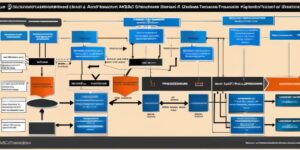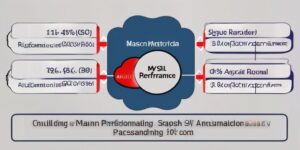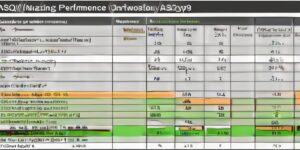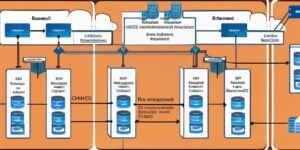
Understanding ACID Principles in Database Transactions
What are ACID Principles? Atomicity Atomicity is a crucial characteristic provided by DBMS (Database Management System), ensuring that an operation is either fully completed or

What are ACID Principles? Atomicity Atomicity is a crucial characteristic provided by DBMS (Database Management System), ensuring that an operation is either fully completed or

Understanding the Basics of MySQL Performance Optimization What is MySQL Performance Optimization? MySQL Performance Optimization is the process of improving the speed and efficiency of

Choosing the Right AWS RDS Instance for MySQL and MariaDB Understanding the Different AWS RDS Instance Types AWS RDS Instance Types have three major categories:

The Evolution of MySQL Performance Management Challenges in Traditional MySQL Performance Management Traditional MySQL performance management faces several challenges that hinder efficient optimization. These challenges

Understanding the Importance of Database Optimization Identifying Performance Bottlenecks in Your Database Identifying performance bottlenecks in your database is crucial for optimizing its performance. By

The Evolution of Data Analytics in Cloud Computing From On-Premises to Cloud: A Paradigm Shift Cloud computing has revolutionized the digital landscape, transforming the traditional

Understanding the Role of AI in MySQL Performance Management The Benefits of AI-Driven Management in MySQL Performance AI-driven management in MySQL performance offers numerous benefits

Understanding MySQL Performance Key Factors Affecting MySQL Performance One of the most common causes of performance issues in MySQL is inefficient queries. Query optimization involves

Choosing the Right AWS RDS Instance Type Understanding the Different RDS Instance Types When choosing the right AWS RDS instance type, it is important to

Choosing the Right Relational Database Understanding the Different Types of Relational Databases Relational databases are structured so the data that enters and resides in tables,